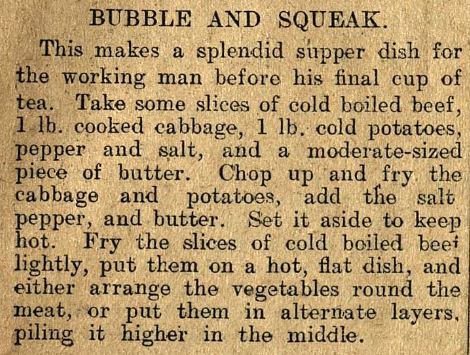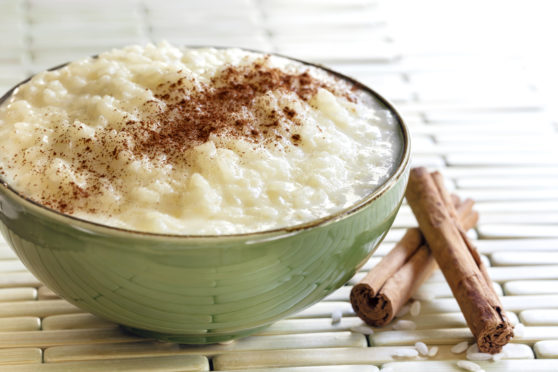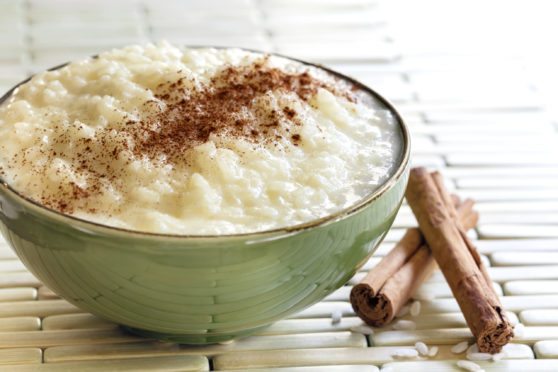Yorkshire puddings, bubble and squeak and rice pudding have certainly stood the test of time. Here are recipes for each from the early 1900s that are so simple to make, you’ll be enjoying them in no time.
Best known for sharing her baking recipes and household tips in The People’s Journal from the late 1800s to the 1960s, the pseudonym writer, later thought to be Flora Scrymgeour, also put together several books filled to the brim with her recipes, cooking and baking tips.
As we’ve brought back this series, the vast majority of recipes we’ve used from Aunt Kate’s repertoire have been from her 1933 baking book. However, her cookery books were also published to great success, the first volume even having to be split into four editions.
This week, however, we’ve delved deeper into Aunt Kate’s history and found some recipes from the second volume of her cookery book, published in September 1910, with dishes that can still be made and enjoyed today, more than 100 years later.
Don’t forget to let us know if you’ve tried out any of Aunt Kate’s bakes from this or previous weeks by sending us an email (including pictures where possible) to foodanddrink@dctmedia.co.uk
NB: All measurements have been converted approximately to today’s units of measurements, though some may differ.
Hot Yorkshire Pudding
(Serves 1)
Aunt Kate says: “Every bit of cold roast beef is not to be thought of for one moment. Everybody knows that 1 egg to a ¼ lb of flour will make Yorkshire pudding for four.
“Everybody also knows what a nice, satisfactory, nourishing accompaniment a bit of hot Yorkshire pudding is with cold meat.” 
Ingredients
- 2 oz flour
- 1 egg
- 1 ½ gills milk (approx 215 ml)
- Pinch of salt
- 1 dessertspoonful of fat from cooked roast beef (approx 10ml)
Method
- In a bowl, make up the batter by mixing the flour, egg, milk and salt until combined.
- At dinner time, put a good dessertspoonful of the roast beef fat and juices into a clean frying pan. Let it get very hot then pour in half the batter.
- Cook quickly, turn over, and roll up and you have your nice bit of hot nourishment to supplement the cold meat at dinner time.
- The other half of the batter can be covered and stored in the fridge, then cooked in the same way the next day, or it can be used to make other things like a pancake. In this case, fry it in butter and roll it up with sugar or jam inside.
Bubble and Squeak
Aunt Kate says: “This makes a splendid supper dish for the working man before his final cup of tea.”
Ingredients
- Slices of cold boiled beef
- 1 lb cooked cabbage
- 1 lb cold potatoes
- Salt and pepper
- A moderate-sized piece of butter
Method
- Chop up and fry the cabbage and potatoes, add the salt and pepper and butter.
- Set it aside to keep it hot.
- Fry the slices of cold boiled beef lightly, put them in a hot, flat dish, and either arrange the vegetables round the meat or put them in alternate layers, piling it higher in the middle.
Rice pudding (boiled)

Ingredients
- ¾ teacupful well-washed rice (approx 85g)
- 2 teacupfuls cold water (approx 225ml)
- 2 teacupfuls milk (approx 225ml)
- 3 tbsp sugar
- Stick of cinnamon, broken into three
- 1 egg
Method
- Boil the rice with the water in a saucepan until the water has been absorbed.
- Then add the milk, sugar and the three sticks of cinnamon.
- Allow all to simmer gently until the rice is thoroughly cooked – that is until a grain of it, when tried, can be rubbed away between finger and thumb.
- Let the mixture cool in the saucepan.
- Remove the sticks of cinnamon.
- Whisk the egg and mix with the pudding.
- Bake in a moderate oven (we recommend 180-190ºC) for 30 minutes.
Read more in this series…
